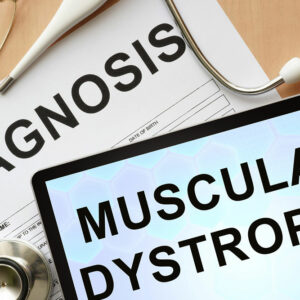
01
8 common signs of narcolepsy
Narcolepsy, a relatively rare sleep disorder, can significantly impact an individual’s daily life. Often misunderstood and misdiagnosed, narcolepsy is characterized by excessive daytime sleepiness and a range of other distinctive symptoms. This comprehensive guide will delve into narcolepsy, exploring its common signs, possible causes, diagnosis, and management. Understanding its signs is the first step in seeking proper medical attention and improving one’s quality of life. Here are a few common signs of narcolepsy: Excessive Daytime Sleepiness (EDS) Narcolepsy’s main symptom is excessive daytime sleepiness. It is characterized by an irresistible urge to sleep during the day, leading to unexpected and uncontrollable episodes of drowsiness. These sudden bouts of sleepiness can feel like intense pressure to fall asleep, significantly disrupting daily activities. EDS can be profoundly disruptive, impairing cognitive performance, memory, and concentration. It often leads to microsleeps—brief, involuntary episodes of sleep that can occur during crucial tasks, such as conversations or driving, potentially resulting in accidents or errors. Sudden muscle weakness Cataplexy is a distinctive feature of narcolepsy, characterized by abrupt, short-lived episodes of muscle weakness or paralysis. Strong emotions like laughter, surprise, or anger typically trigger these episodes. The severity can vary from mild muscle drooping to complete physical collapse.
Read More 










